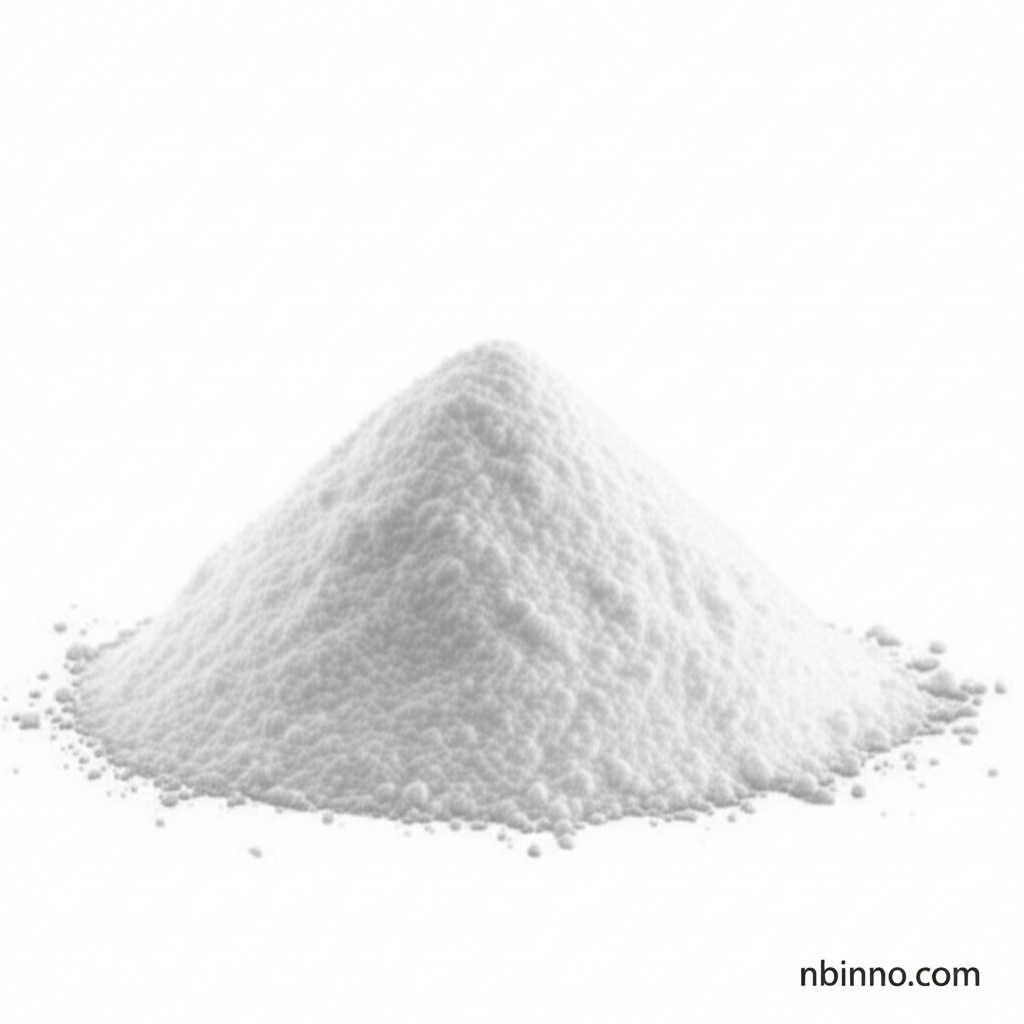Exploring the Applications of 2-Bromocinnamic Acid in Organic Synthesis and Material Science
Discover the versatile uses of 2-Bromocinnamic Acid in chemical synthesis, pharmaceuticals, and advanced materials.
Get a Quote & SampleProduct Core Value

2-Bromocinnamic Acid
2-Bromocinnamic acid is a key organic intermediate with a distinct chemical structure, featuring a bromine atom at the ortho position of the cinnamic acid backbone. This compound is instrumental in various advanced chemical syntheses, contributing to the development of pharmaceuticals, agrochemicals, and novel materials.
- Leverage the power of 2-bromocinnamic acid applications in organic synthesis to create complex molecular structures.
- Explore its role as a precursor in the synthesis of bioactive heterocycles with diverse therapeutic potentials.
- Understand its contribution to polymer material science, enhancing thermal stability and flame retardancy.
- Investigate its anticancer properties, which show efficacy against various cancer cell lines through apoptosis induction.
Advantages Offered
Versatile Reactivity
The ortho-bromine substitution on 2-bromocinnamic acid offers unique reactivity, particularly in palladium-catalyzed coupling reactions, enabling efficient synthesis of complex organic molecules.
Antimicrobial Efficacy
Studies highlight the significant antimicrobial activity of brominated cinnamic acids, making them valuable in developing new agents against bacterial and fungal infections.
Agrochemical Potential
Its potential as plant growth regulators agricultural and herbicides showcases its importance in developing sustainable solutions for crop protection and enhancement.
Key Applications
Organic Synthesis
As a crucial intermediate, it facilitates the creation of complex organic compounds through various synthetic pathways, including ortho-bromocinnamic acid synthesis strategies.
Pharmaceutical Intermediates
It is vital in the production of active pharmaceutical ingredients (APIs), contributing to drugs with anticancer properties of cinnamic acid derivatives.
Material Science
Its integration into polymers enhances material properties, supporting advancements in specialized materials through innovative formulations.
Agrochemicals
Its application as a regulator in agriculture contributes to improved crop yields and pest management, demonstrating its broad utility.
